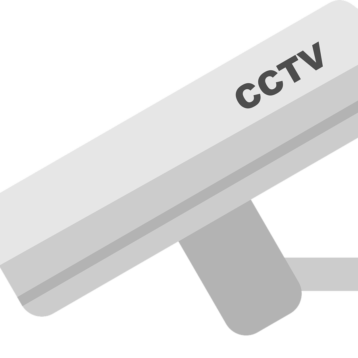In the contemporary landscape, uninterrupted connectivity assumes paramount significance, and the role of a Virtual boardroom remains integral beyond measure. This holds particularly true for large enterprises, necessitating consistent automation to bolster competitiveness within their respective business niches.
Remarkably, an abundance of statistical evidence today underscores the efficacy of such applications across diverse corporate domains. Given the market’s profusion with an array of board portal providers, the process of selecting the apt portal attains pivotal importance. Let us delve into the substantial advantages that this centralizing software offers. This guide aims to elucidate the intricacies of selecting the ideal Board management software provider, furnishing organizations with a strategic framework to make informed decisions aligned with their unique requisites and aspirations.
Step 1: Defining Organizational Needs
The foundation for selecting the appropriate board portal provider rests upon a clear understanding of your organization’s unique requirements. Identify pain points, challenges, and aspirations that the board portal vendors must address. This undertaking is of paramount significance to optimize any potential bottlenecks that your company might encounter, even if latent. Should the focus be on secure document exchange, communication streamlining, real-time collaborative functionality, or a fusion of all these elements? The delineation of your organization’s requisites will serve as a guiding beacon in the selection of a provider.

Step 2: Evaluating Security Measures
In an era fraught with data breaches and cyber threats, security assumes paramount importance. Scrutinize the security measures offered by prospective board portal vendors. Ascertain if the vendor employs encryption protocols, multifactor authentication, and other advanced security mechanisms. Delve into the vendor’s track record and inquire about their compliance with industry standards and regulations to ensure the sanctity of sensitive information.
Step 3: User-Friendly Interface and Accessibility
The efficacy of a board portal hinges on its usability. A user-friendly interface ensures seamless adoption and enhanced engagement among board members. Evaluate the portal’s accessibility across devices, including desktops, tablets, and smartphones. A responsive design and intuitive navigation are vital to facilitate hassle-free interactions and document management.
“The advent of a board portal has fundamentally transformed the entirety of the corporate governance landscape.” Nicholas Cooper—CEO.
Step 4: Customization and Scalability
Organizations constitute dynamic entities, subject to evolving needs over time. This is a hallmark of the modern era and contemporary businesses, which have maintained their presence in the labor market for a significant duration. Attention should be directed towards the scalability of the portal, ensuring its expansion without compromising on performance and security. Modern Virtual board software facilitate the convergence of expediency and security through advanced servers, characterized by heightened performance and resilience against potential breakdowns or adverse influences.
Step 5: Integration Capabilities
Board portal functionality is often intertwined with other software applications used by organizations. Ensure that the chosen vendor’s platform can seamlessly integrate with your existing software ecosystem. Integration capabilities amplify the portal’s utility by enabling efficient data exchange and a holistic view of organizational operations.
Step 6: Training and Support Services
The integration of new technology necessitates the imperative of training. Does the provider extend a robust support system to address queries and issues? Dependable training and support constitute pivotal factors underpinning the triumphant implementation and utilization of a Board portal. Absent these essential components, optimal performance and the provision of superlative solutions for your company at large would be compromised.
Step 7: Reviews and Testimonials
Peer insights offer invaluable guidance in the vendor selection process. Investigate reviews and testimonials from organizations that have implemented the Board portal software. Learn from their experiences and glean insights into the platform’s strengths and areas for improvement. These real-world accounts provide a candid perspective that complements vendor presentations.

Step 8: Cost Considerations and ROI
While cost constitutes a pivotal consideration, it should not stand as the sole determinant. Your evaluation process must encompass extensive deliberation concerning the specific program and its constituent features, thereby enabling an informed decision-making process. Scrutinize the pricing models offered by potential providers, taking into account factors such as licensing fees, implementation costs, and ongoing support expenses. This necessitates comprehensive calculations that meticulously outline your potential expenditures and the anticipated gains stemming from the optimization of resources within your organization, a development that is assuredly forthcoming.
However, juxtapose the incurred costs against the potential Return on Investment (ROI). An Online board meeting portal that augments the efficiency of operations, interactions, and decision-making has the capacity to yield substantial long-term benefits that outweigh initial outlays.
Conclusion
Selecting the right Paperless meeting solution portal vendor is a multifaceted endeavor that requires careful consideration of organizational needs, security measures, usability, scalability, integration, support services, and cost implications. This comprehensive guide provides organizations with a strategic framework to navigate the labyrinth of options and make a well-informed decision aligned with their strategic objectives. The chosen board portal vendor should seamlessly integrate into the organization’s ecosystem, elevate collaboration among board members, and empower executives to make informed decisions while safeguarding the sanctity of sensitive information.










